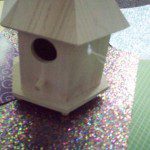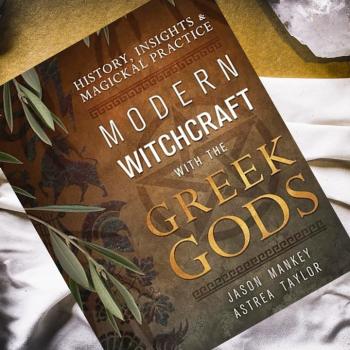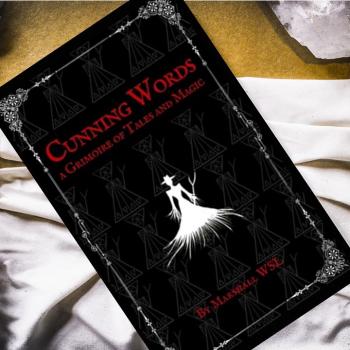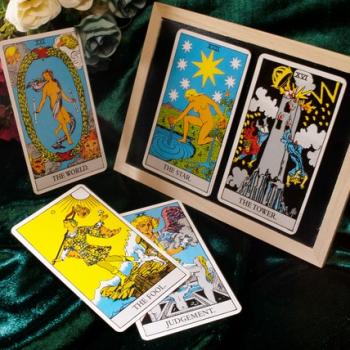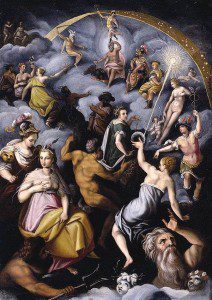 Most of our representations of deity seem to look suspiciously like us. The Bible has that line about us being made in God’s image, but I think really it’s the other way round – we make Gods in our image.
Most of our representations of deity seem to look suspiciously like us. The Bible has that line about us being made in God’s image, but I think really it’s the other way round – we make Gods in our image.
Let’s take a step back and think for a moment. What is a God? Look around the pantheons of the ancient world and you’ll see Gods who represent specific things – Gods of the sea, the harvest, of horses, poetry, warfare, justice, writing gods, craft gods, gods who belong to important landscape features. They all have one thing in common. They are relevant to their people. You’ll only find horse deities in cultures where horses featured. Deity is that which is most important to us. It is the spirit, the energy, the personification of the things we most need to be in harmony with.
Then there are those mighty monotheistic deities, all powerful creators of the universe, Yahweh, Allah, Jehovah… how can a being so huge really belong in something resembling a human body?
Our human minds are small and limited compared to the enormity of the universe. We don’t really have it in us to comprehend that which is vastly beyond our experience and understanding. Gods fall into that category, alongside eternity and infinity. We might have the words, but we should not confuse that for the ability to think about what those words actually mean.
And so, when we want to talk about the forces and powers that make the world work, or try and put our sense of the sacred into terms we can share, we speak of Gods. Not vastly impossible to think about Gods, but deities with names and faces, stories, clothing preferences. From the Virgin Mary, to Odin on his eight-legged horse, or the named denizen of your nearest mountain, we make Gods personal. That way, we can tell stories about them. If we try to start a conversation, we have some human name to address them by. We can represent them in our art, honour them through those representations, and have something our modest human minds can be comfortable with.
Therefore our Gods look like people we might talk to. Wise old men, bountiful mothers, proud warriors, skilled fishermen. We fashion for them skins that we can comprehend.
I think it’s interesting that we’ve also stopped doing this. Look at mediaeval art, and you’ll see Biblical figures translated into styles that made sense to the people looking at them: the Europeanising of Jesus, who does not look even slightly Semitic in most paintings; the use of familiar landscapes, rather than deserts. We used to represent our deities as looking a lot more like us, but nowadays they are kept historical-looking while we wander through our fashions and landscapes. This suggests to me that for our ancestors of all traditions, the Gods looked like them, as a representation of connection and sympathy.
Today, the Gods do not look like us. Nature Gods do not belong in our cities. Would we depict them in suits? In nightclubbing gear? We no longer make our Gods look like us, because at some level, I think we know just how far we are from them right now.
This post is part of the Patheos-wide series What Do I Really Believe?
Druid Thoughts is published on occasional Wednesdays on Agora. Follow it via RSS or e-mail!


